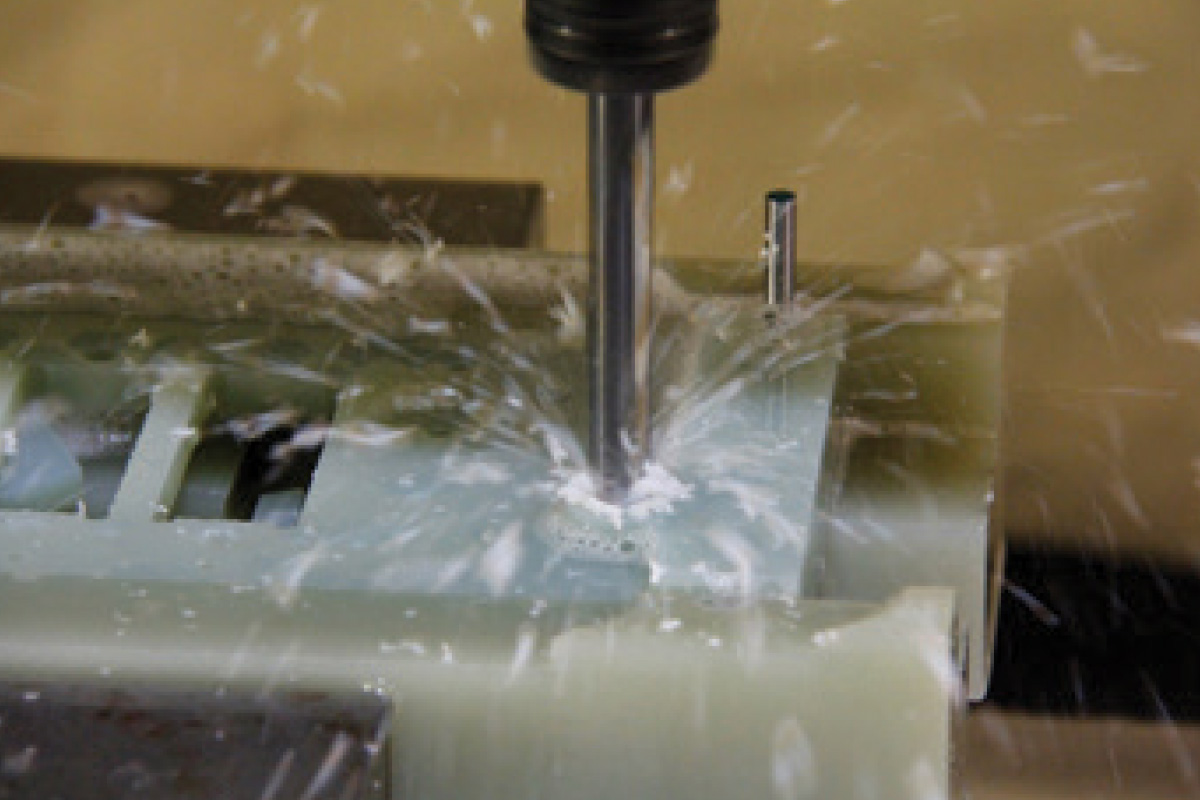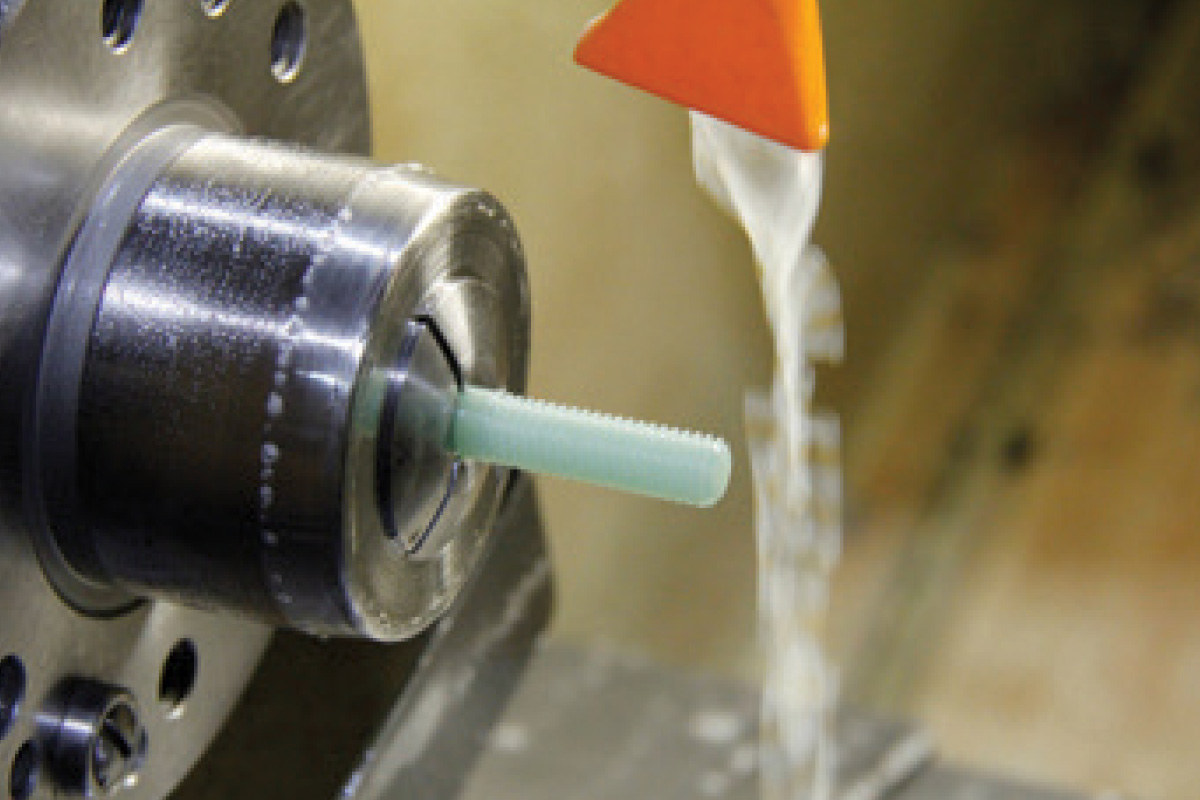omputer Numerical Controlled (CNC) machinery is everywhere. CNC fabrication of plastic shapes is becoming more common in the performance plastics industry. We are seeing more routers everywhere, and soon most distributors will have at least one router somewhere in their organization. Many distributors already have several routers in different locations.
But what about other fabrication equipment? Besides cutting a 2-dimensional shape out of a sheet of acrylic, what are some machine shops or part manufacturers doing with performance plastics? What different machinery are they using to turn that rod, blank or plate of polymer into a finished part?
Most machine shops simply mill or turn parts. Most of the machines are CNC, but there are still “manual” mills and lathes in use. Manual machines usually have some type of computer control, however, and the measurements are still precise. Let’s take a closer look at the machinery.
Lathes are the opposite of mills. With lathes, the part turns or spins at a high rate of speed and a static tool is introduced to pull material away from the part. The shape of the semi-finished part is always a rod.

Mills have a table that is usually smaller than a router, because most machined parts don’t need to come out of full sheets. In most CNC mills, the table stays motionless while the tool moves around the part. Some mills move the table back and forth, adding more movement to the part and, thus, more axes of cutting can be processed. Most mills have a 20″ x 40″ table for the part to be held down to, providing a fair size footprint.

As for lathes, there are two ways to present a part to the tool. For a smaller part, a long rod can be introduced from the back or side of the lathe and will come through the spindle. A rod feeder is usually attached to the side of the lathe, with a series of rollers on which the back of the rod can continue to spin while the front of the rod is machined. The part is then chopped off and the rod is extended a certain length so the lathe can start working on the next part. This process is usually CNC-driven now, with multiple rods placed in a feeder, so that the machine can turn parts continuously until it runs out of rods.
Large parts will have to be chucked up, which means working on only one part at a time. A larger diameter rod is cut into a certain length and then installed by hand into the chuck. Then it will begin to spin with tools introduced to cut material out and create the part. Chucking goes up to 10″ on most CNC equipment; however, some large parts can get a much heavier diameter chucked up for cutting.
Horizontal mills exist, where instead of the X axis being up and down, it is positioned horizontal into a part. Horizontal mills turn the table on their side. In fact, they are called “tombstones” for the way the stand up and hold the part. Multiple tombstones can help accommodate part removal and replacement, thus speeding up the activity and allowing for continuous machining. A small benefit of a horizontal mill is the assist you get from gravity with chip removal.
Screw machines are for smaller parts. Like a lathe, a small rod comes through the spindle and can be cut on one side, then moved to a separate position and the part can be cut on the back side. A finished part, machined on the front and back ends, as well as turned down on the circumference, is the output from this type of machine.